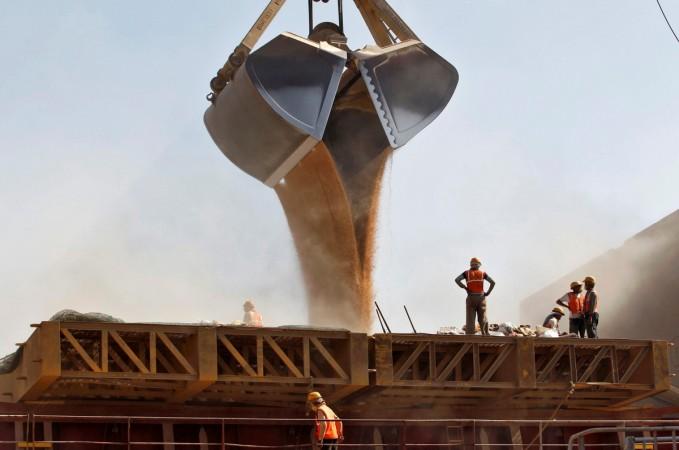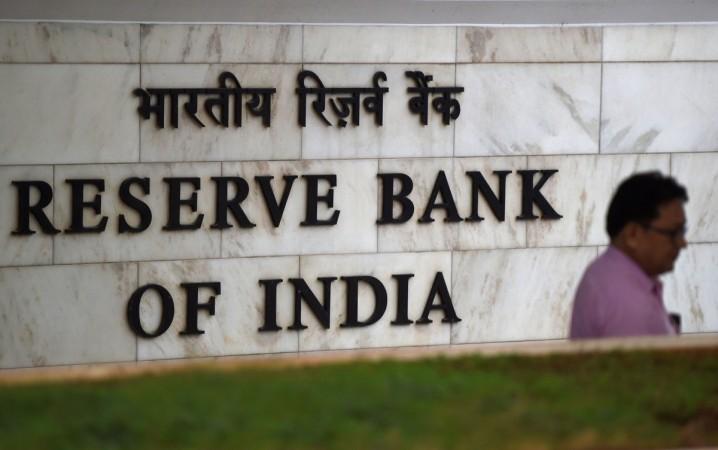
The fall in private consumption and fixed investment growth, along with a dip in exports, is blamed for 11 percent shortfall in central government's tax revenue for the last financial year (FY19), according to reports. The slowing economy resulted in lower than expected collection of goods and services tax, personal income tax and central excise duties, the finance ministry said in a report. The Central Statistics Office (CSO) also had revised downward the growth estimate for FY19 to 7 per cent from 7.2 percent, making it the lowest in five years.
The ministry report identifies the challenge as reversing the slowdown in agriculture sector growth and sustaining the growth momentum in the industry. However, there are expectations that the current account deficit as a ratio to gross domestic product (GDP) will fall in Q4 of FY19, limiting the leakage of the economy's growth impulse, according to a Business Today report.
The headline inflation based on consumer and wholesale price indices declined in 2018-19 though it firmed up slightly in recent months, the report said. It also has a positive outlook on tackling the fiscal deficit and pinning it to the FRBM target. "The monetary policy has tried to provide a fillip to the growth impulse through cuts in repo rate and easing of bank liquidity. The room for this monetary easing has been created by low inflation in 2018-19, although it has started to inch up in the last few months of the year,: the report said.

The government's consumption expenditure in Q4 of 2018-19 is up and is expected to increase further. However, there is a likelihood of growth in fixed investment as a percentage of GDP slowing because of a slowdown in non-food bank credit in Q4 of FY19. The monthly economic report also flags the slowing growth in gross value added (GVA) in agriculture maintaining the downward trend since Q1. "Moderation in food deflation may soften this decline towards the end of the year," the report said.
The finance ministry credits the low inflation in 2018-19 for providing the room for monetary easing by the Reserve Bank of India (RBI). Going forward, inflation may firm up because of a combination of factors. RBI's Monetary Policy Committee (MPC), which was formed in 2016, cut repo rates twice in February and April by 25 basis points to 6 percent.
However, the government achieved the customs collection target, revised upward during the year by 15 percent over the initially budgeted target, the report said. This was perhaps also due to increases in tariffs on a range of items, according to a report in Business Standard. The report also said the government also met the target for corporation tax, which had also been revised upward during the year by a steep Rs 50,000 crore.









